When considering bringing a new pet into your life, adopting a senior dog can be a heartwarming and rewarding experience. Older dogs often bring a sense of calm to a home, their playful times balanced with long stretches of relaxation.
Choosing to adopt a senior pet means you’re opening your heart to a dog in their golden years. While this decision is filled with opportunities for love and companionship, there are important aspects that need careful consideration.
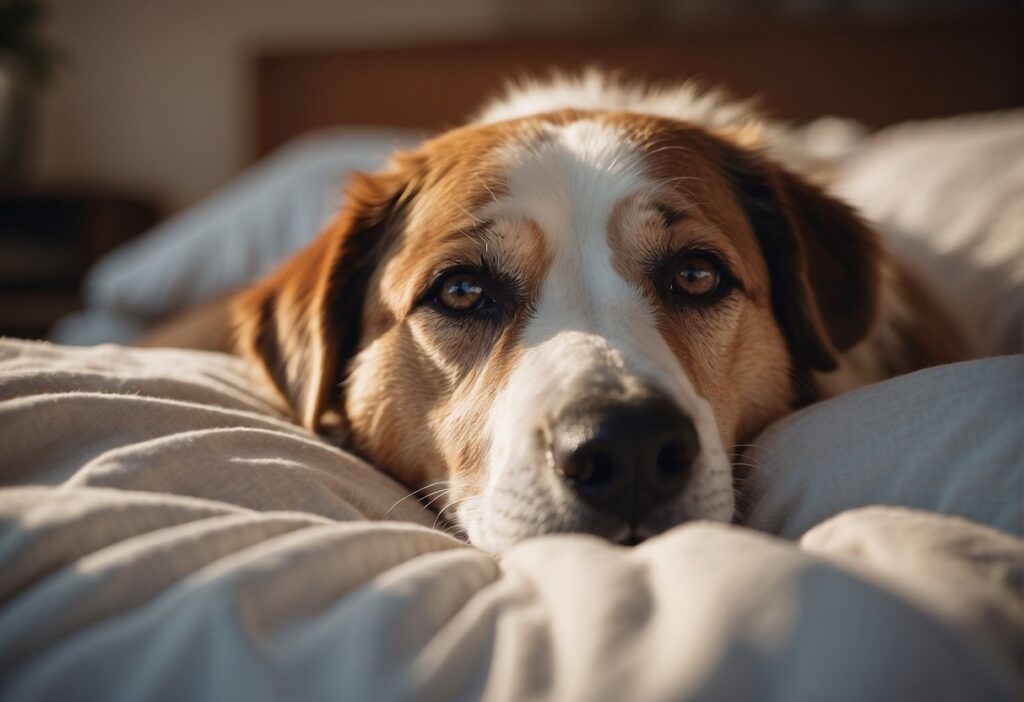
Understanding a senior dog’s health and background is crucial. Consultation with a veterinarian can help you comprehend the dog’s medical needs and any special care they might require. These dogs may have established behavior patterns, and while many know basic commands and are house-trained, they might also come with habits or quirks developed over the years.
Additionally, every dog has its own personality. Your lifestyle, the energy level you can comfortably accommodate, and the dynamics of your family are all significant factors that should align with your prospective older pet’s temperament.
Senior dogs often fit well into many homes because they may need less training than puppies and are usually looking for a comfortable place to spend their later years. However, the adoption process, potential behavioral challenges, and ongoing costs of care are considerations that can’t be overlooked. The love of a senior dog can be profound, but ensuring that you can meet their needs is key to a happy life together.
Key Takeaways
- Senior dog adoption offers loving companionship but requires understanding their health and behavioral history.
- Consider if an older dog’s temperament and energy levels are compatible with your family and lifestyle.
- Be prepared for the adoption process and the financial commitment of caring for a senior pet.
What Are the Dog’s Health and Medical Needs?

When you bring a senior dog into your home, remember that they may need extra medical care. This can involve managing their existing health issues and ensuring regular vet visits for ongoing wellness.
Understanding Common Senior Ailments
Senior dogs often deal with arthritis which makes moving around a tad bit tougher for them. You might also notice they have dental disease, which isn’t just about bad breath, but can affect their overall health. Keep an eye out for signs of these conditions, so you can help manage any discomfort.
Managing Ongoing Health Issues
Your senior pet might come with a few health problems that require medication or special care routines. Chronic diseases, like heart or kidney conditions, also pop up more in older dogs. Write down any symptoms and treatments so you can keep track. It’s important to stay on top of these to keep your dog comfortable.
Visiting Your Vet Regularly
Regular vet visits are key for senior pets to stay healthy. Your vet can catch things early and adjust treatments as needed. Plan for at least twice-yearly checkups—more if your dog has a known condition that needs close veterinary care. Keeping these appointments is a big part of giving your senior buddy the best life.
Can You Handle Their Energy Levels and Exercise Needs?
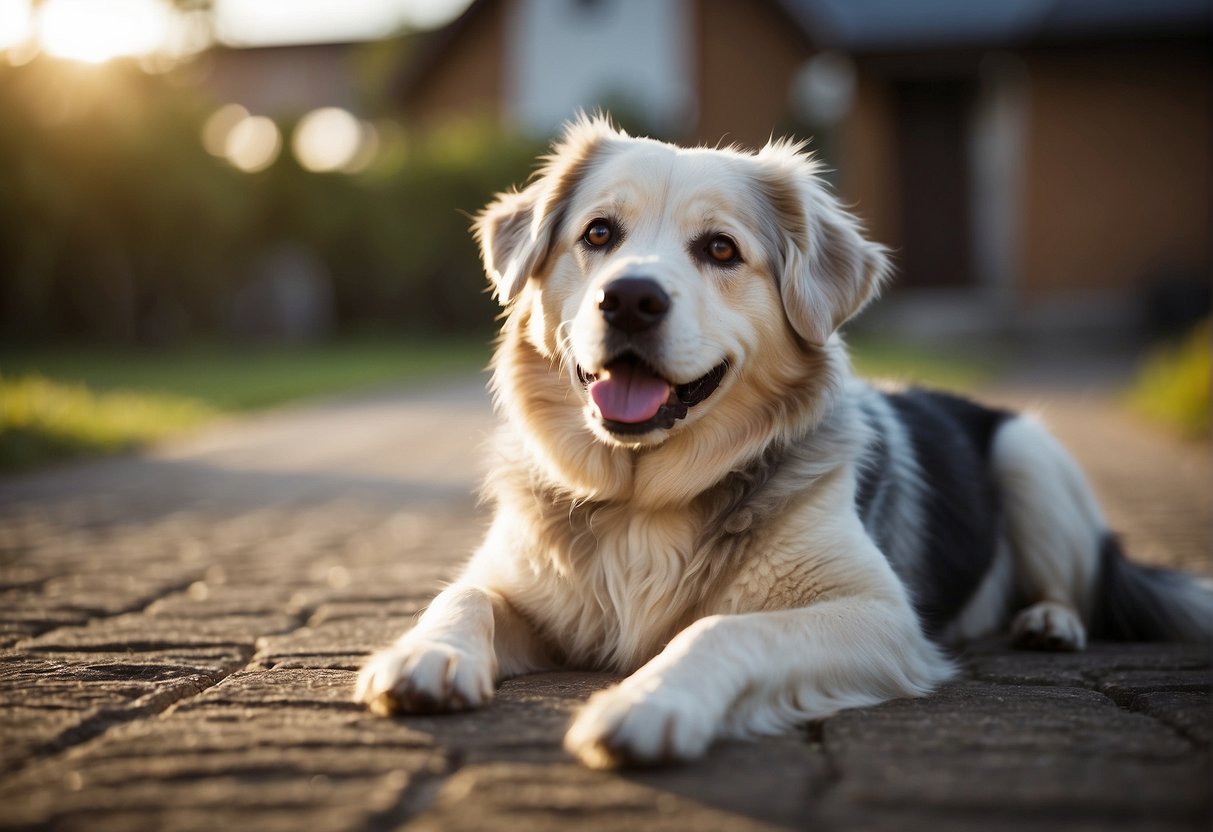
When you decide to adopt a senior dog, understanding their energy levels and exercise needs is key. They won’t require as much physical activity as younger dogs, but they’ll still need regular movement to keep them healthy.
Understanding Lower Energy Levels
Senior dogs are typically more relaxed than their younger counterparts. This doesn’t mean they don’t need exercise at all, but their stamina and energy are lower. You might notice they’re more content with shorter walks and more frequent breaks. Mobility issues may also come into play, making it vital to tailor their activity to their comfort level.
Low-energy activities suitable for senior dogs:
- Leisurely walks
- Short hikes on flat terrain
- Gentle playtime with soft toys
Planning Appropriate Exercise Routines
Your senior dog will thrive on a consistent, yet flexible, exercise schedule. Aim for a routine that balances their need for activity with their need for rest. Start with about 30 minutes a day and adjust based on how they respond. Always watch for signs of fatigue or discomfort, especially if they have known mobility issues.
Basic exercise routine for a senior dog:
- Morning: Short walk to start the day
- Midday: Brief play session, indoor or in a shaded area
- Evening: Another short walk or cuddle time for a calm end to the day
Keeping Them Mentally Stimulated
Exercise isn’t just about physical activity; it’s also about keeping your dog’s mind sharp. Senior dogs may not be as playful, but they still enjoy engaging with their environment. Mix in mental stimulation with activities like puzzle toys or hide-and-seek games where they use their nose to find treats.
Ideas for mental stimulation:
- Interactive toys that dispense treats
- New scents in their environment to explore
- Basic training sessions to practice commands they know or learn new simple tricks
Are You Ready for Potential Behavior Issues?
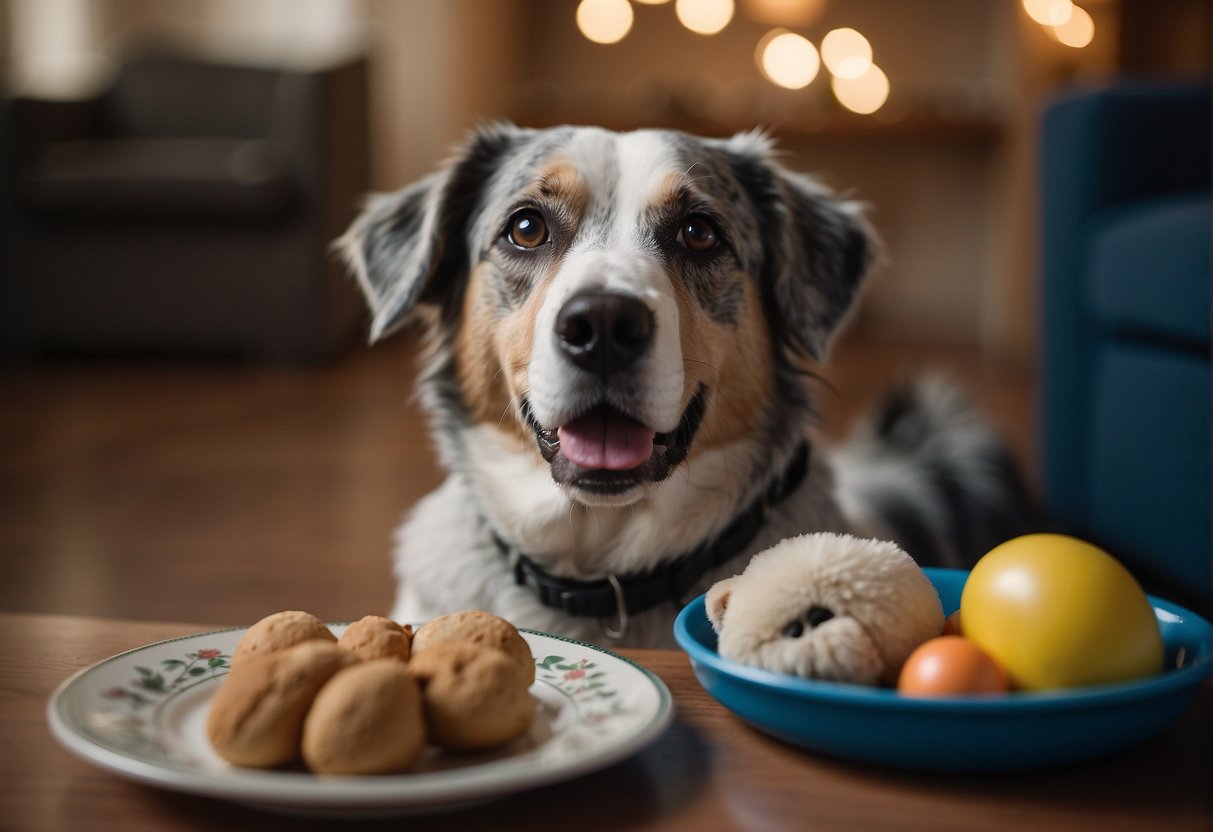
Adopting a senior dog can be a rewarding experience, but you should be ready for behavior challenges that may require your patience and understanding. Let’s break down what you might face and how to handle it.
Training and Patience With Older Dogs
Older dogs can be trained, but they may not pick up new commands as swiftly as younger pups. Be patient and consistent with your training. Use treats and positive reinforcements to motivate your senior dog. Remember, they might have old habits that need a gentle and persistent approach to modify.
Addressing Anxiety and Past Trauma
Senior dogs might come with a history that can lead to anxiety or stress. If you notice signs of separation anxiety or distress, create a peaceful space for them. Speak in a calm tone and ensure they have comforting items like a favorite blanket. Be present and supportive as they adjust to their new surroundings.
Dealing With Sensory Declines
Hearing and eyesight can deterioriate as dogs get older, which might affect their behavior. Make sure your home is safe for a dog with sensory issues; avoid moving furniture too often and keep pathways clear. Use hand signals combined with verbal commands to accommodate for hearing loss, and be patient if they don’t respond right away.
What Will the Adoption Process Be Like?
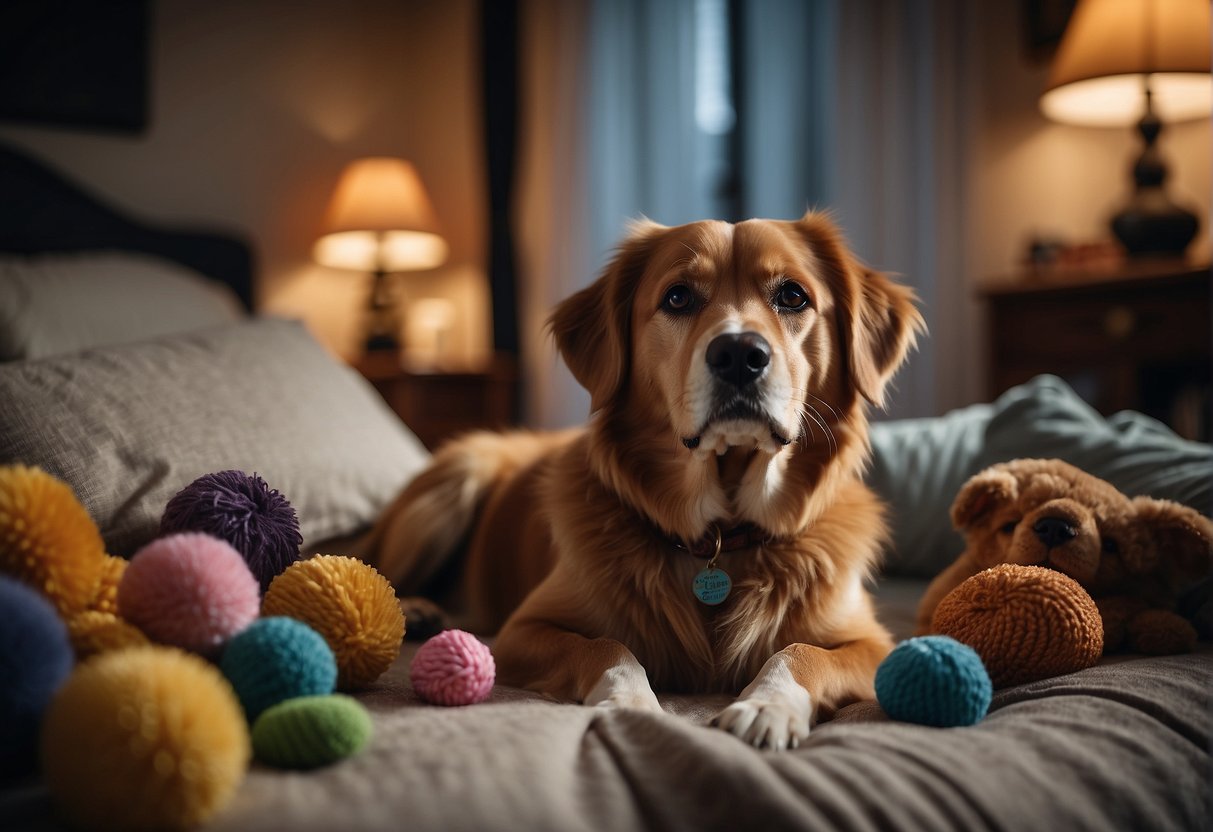
Adopting a senior dog is a rewarding journey, and you’ll want to know what steps to take. From picking the right companion to understanding their past, each part of the process is important.
Finding the Right Senior Dog
When you’re looking to adopt a senior dog, your first step is to find the one that fits your lifestyle. Check out local shelters and rescue groups, as they often have a variety of senior dogs needing homes. Your choices may have a lower adoption rate compared to puppies, meaning you might just find a calm and mature friend waiting for you.
Working With Shelters or Rescue Groups
Working with shelters or rescue groups means you’ll fill out an application and might go through an interview process. You’ll answer questions about your living situation and how you plan to take care of your new pet. Adoption fees can vary, but they usually cover medical exams and necessary vaccinations.
Considering the Background and History of the Dog
It’s important to know about the dog’s past experiences when adopting. Have a chat with the shelter staff to learn about the dog’s background, health issues, and personality. Senior dogs might be rehomed for various reasons, and understanding their history will help you prepare for their care and integration into your home.
Consider the Financial Costs of Caring for Them
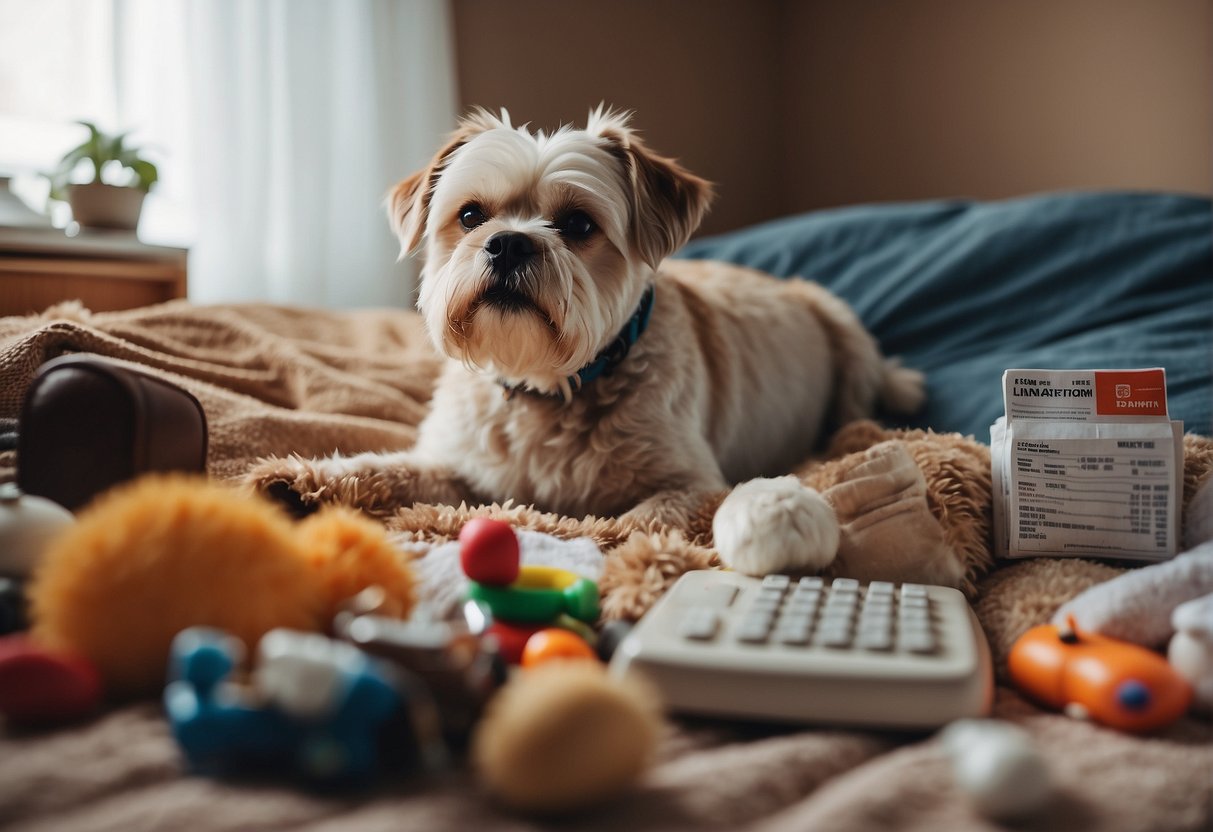
When you decide to adopt a senior dog, your heart is in the right place! But, it’s smart to think about your wallet, too. Senior dogs can have different costs compared to younger pups, especially in vet visits and care needed to keep them healthy and happy.
Budgeting for Regular Expenses
Veterinary Care: You’ll visit the vet for regular check-ups more often than with a younger dog. It’s not just about shots—it’s also about catching any issues early.
- Exams: Expect exams to run about $50-$100 each.
- Medication: Senior dogs may need meds for joint health or other age-related concerns.
Here’s a quick list to help you budget monthly:
- Food (Senior-specific): $20-$60
- Regular Medications: $20-$100
- Miscellaneous (toys, treats): $10-$30
Anticipating Potential Medical Treatments
Eventually, your senior dog might need special medical treatments. Things like dental work or age-related surgeries can add up.
- Dental Cleaning: Often requires anesthesia, costing $200-$500.
- Chronic Conditions: Like diabetes or heart issues, which can require ongoing medication and special diets.
Think about setting aside a bit of money every month just for these potential needs.
Planning for Emergency Care Costs
Hope for the best but plan for the worst, right? Emergency care can be a shocker with bills ranging from a few hundred to several thousand dollars.
- Emergency Vet Visit: Can start at $100-$300 and go way up.
- Surgeries/Treatments: In dire situations, it might hit $1000-$5000 or more.
Evaluate How They’ll Fit With Your Family Dynamics

Before bringing a senior dog into your home, think about how they will blend in with the people and pets you already have. It’s about making sure everyone gets along and feels comfortable.
Introductions to Children and Other Pets
Getting a senior dog means careful introductions. What’s your plan for the first days when your new buddy meets the kids or other pets? Take it slow. Use treats and calm voices to make these first meetings chill. Make sure your dog doesn’t feel overwhelmed with too much, too fast. A sniff and a treat can go a long way.
For kids, show them how to be gentle with their new old pal. Quiet time and easy petting are best to start. With other pets, keep a close watch. Some old dogs get along fine; others, well, not so much. Watch their body language. Are they relaxed or super tense?
Adjusting Your Home for a Senior Dog
Your place needs to be comfy for an older dog. Is it easy for them to move around? They might need ramps for the couch or bed if they can’t jump like they used to. Think about where they’ll sleep and chill. Is there a quiet spot just for them?
Put their food and water where they don’t have to climb stairs. If their house-training days are behind them, set out those pee pads. Make ’em feel at home with their own things, like a cozy bed and favorite toys.
Assessing Their Temperament Around Your Family
Older dogs have their own vibes. Some are super chill, others a bit grumpy. Watch how they act around your bunch. Do they like a lot of fuss, or do they value their nap time more?
You also want to know if your dog is cool being alone or wants company 24/7. Check if they’re okay with hugs and loud noises. This can be big if you’ve got a lively home. Give them space to learn about your family’s rhythm. Find out what makes their tail wag and what doesn’t.
Check Their Compatibility With Your Lifestyle
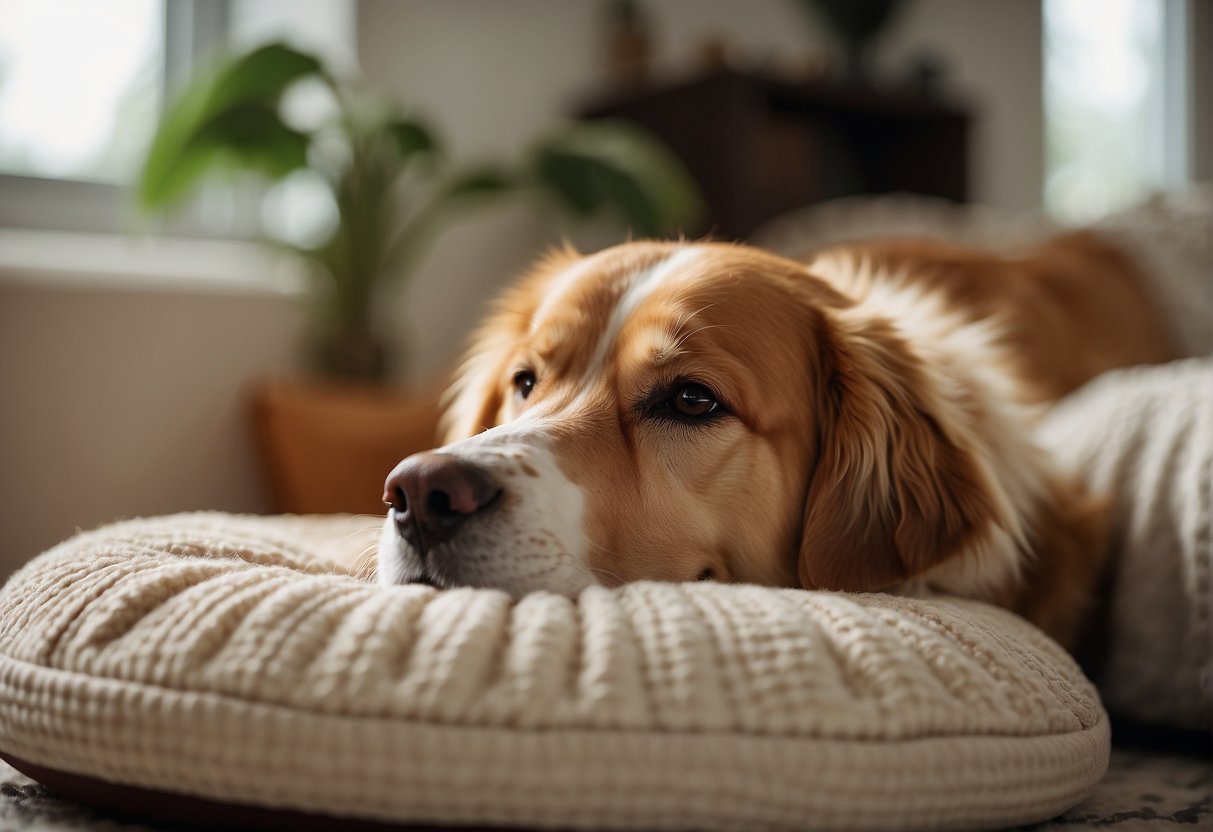
When you’re thinking about bringing a senior dog into your home, it’s important to see if they’ll mesh well with your daily life. Let’s break it down to ensure a smooth transition for both you and your new canine companion.
Considering Your Daily Routines
You’ve got your way of living, and an older dog has theirs. Take a look at:
- Your Work Hours: If you’re gone for long stretches, think about a senior dog’s ability to handle this. They may relax more but still need potty breaks and companionship.
- Exercise Needs: Senior dogs typically need less activity than puppies. Is a short walk or two enough for you and your buddy?
Making Necessary Lifestyle Adjustments
Sometimes you’ll need to make a few changes. Here’s what you might consider:
- Relaxing Quiet Time: If your home is lively, introducing quiet times can help your older dog unwind.
- Regular Schedule: Keeping feeding and potty breaks consistent helps.
Assessing Your Living Environment Suitability
Your living space needs to work for an older dog, too. Check for things like:
- Easy Access: Can they get around without stairs being an obstacle?
- Safe Spaces: Is there a comfy spot for them to chill out and call their own?
Review Any Specific Diet and Nutrition Needs
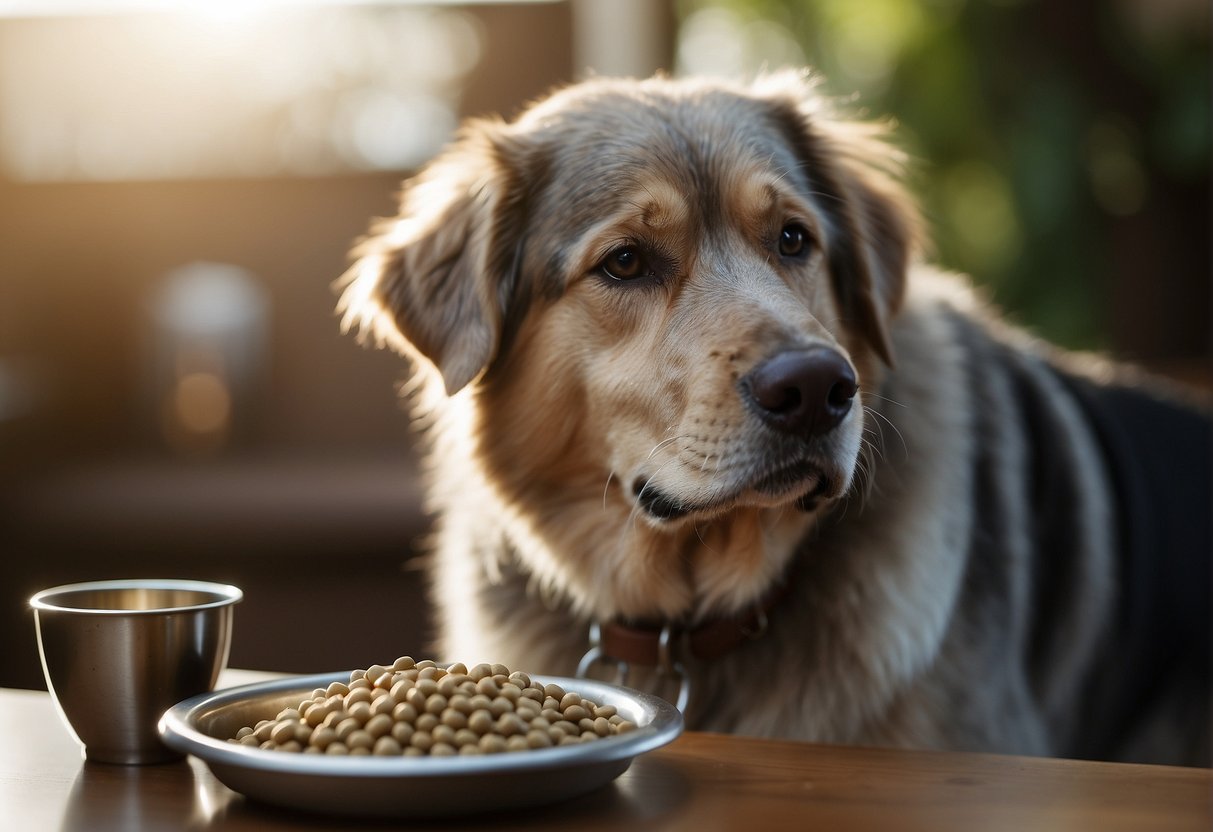
Before bringing a senior dog into your home, it’s crucial to understand that their diet and nutrition needs can be quite different from younger dogs. Your focus should be on finding the right balance of nutrients to support their health and well-being.
Choosing the Right Food for Age and Health
When you’re looking at food options, aim for a diet that’s high in quality protein to help maintain muscle mass. Senior dogs don’t need as many calories as they once did, as their energy levels tend to decrease. So, a diet with lower fat and adjusted calories can help them avoid weight gain. The kibble size and texture may also need to change if your dog has dental issues, which are common in older pets.
Supplements and Special Dietary Considerations
Sure, your dog’s kibble might be good, but sometimes you’ve got to amp it up with extras—especially if they’ve got health issues. Supplements like glucosamine can be a big help for joint health, which is super important as dogs get older. If your vet gives the nod, mix in supplements with their food. Remember, some senior dogs may need a diet tailored to specific medical needs, like kidney care or food sensitivities.
Monitoring and Adjusting Their Diet Over Time
As your dog gets older, you’ve got to watch what they eat and how it’s affecting them. Keep an eye on their weight and health, and if you see any changes, chat with your vet. You may need to tweak things like portion size or switch up foods to make sure they’re getting what they need as they age. It’s all about keeping them healthy and comfy for as long as possible.
Final Thoughts

Adopting a senior dog is like opening a book in the middle—you might have missed the beginning, but the story can be just as sweet. Remember:
- They’re seasoned pros: An older dog often knows basic commands, making your job easier.
- Love knows no age: Your bond can be as strong with an older dog as with a puppy.
- Chill vibes: Senior dogs are usually less hyperactive than youngsters, so if you like a calm buddy, they’re perfect.
- Saving a life: Giving an older dog a home is truly a heroic act.
- Shorter commitment: This might be easier to manage if you’re unsure about the long-term.
Here’s a little checklist to keep in mind:
- Check their health: Be ready for possible vet visits.
- Settle them in: Give them time to adjust to their new home.
- Show patience and love: Trust builds with time, treats, and belly rubs.
And don’t forget, these dogs have a lot of life left in them. Just because they’re older doesn’t mean they don’t enjoy a good game of fetch or a walk in the park. You’re giving them a second chance at happiness, and they’re ready to repay you with companionship and loyalty.
